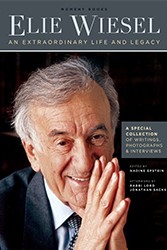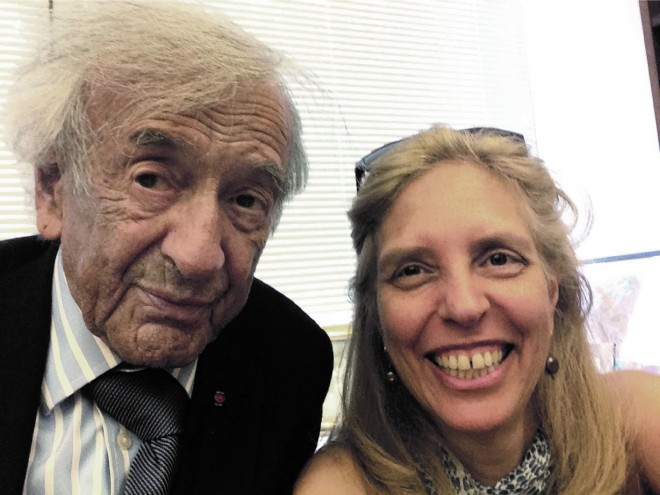Gilda Moss Haber’s memoir Cockney Girl: The Story of a Jewish Family in World War II London is a true-life Cinderella story. Not because it has any fairytale qualities — far from it, but because the narrator grows up as the largely unwanted and unloved single child of a hard-working Jewish couple in London. She comes out of it as a capable and successful young woman. Her parents run a barbershop in the East End, and the author’s sensory descriptions of the shop and the bustling street life are evocative. Throughout the book, the author’s love for London and, in particular the Cockney East End, shine through. Whereas the people in her life don’t provide an anchor for this child, East London itself does.
Her mother sends her to orphanages multiple times without any explanation. Whether the father had any say in these decisions is unclear. The girl’s six week quarantine in an orphanage’s lonely attic due to scarlet fever is particularly harrowing. When the mother finally picks her up, she offers no hug and on the train home devours a box of chocolates without offering even one to her hungry child. As the Blitz descends on London, she gladly has her daughter evacuated to the country along with most other school-age kids. Rarely does the daughter receive a visit or a letter from her parents, nor do any other relatives show any particular interest in her. This distance remains largely unexplained. The mother’s strained relationship with her own mother provides only a partial clue. While the author sticks to the child’s point-of-view through most of the book, some flashbacks could have been used to reflect on the book’s overarching quandary — the mother’s coldness towards her child.
Among the many unaffectionate relatives and foster parents, there is the rare dose of love, fueling the narrator’s trust in humanity. Her maternal grandfather, who welcomes her with a hug and shouts of “Sisserle” whenever she has made her way, alone, through the streets of East London, teeming with teasing blokes and boisterous antisemites. Or her young Uncle Max, who unwittingly takes her along to witness the 1936 Cable Street Battle, when East Enders take to the streets to stop fascist Oswald Mosley from marching through the largely Jewish quarter.
The last time the mother sends her daughter away, she makes a choice that finally lands Gilda in a loving home: the White House, a home for Jewish refugee children from Europe. Here, Gilda finally gets the Jewish education her parents never gave her, which she hungrily absorbs. It sets her on a path to find meaning in the customs her parents only perfunctorily performed.
The author masterfully brings to life the bustle of the Cockney East End in the 1930s and 40s. It also gives the reader a good idea of what an English childhood during World War II was like, in a London covered with ashes or exploding with bombs.
Annette Gendler’s work has appeared in the Wall Street Journal, Tablet Magazine, Kveller, Bella Grace, and Artful Blogging, among others. She served as the 2014 – 2015 writer-in-residence at the Hemingway Birthplace Home in Oak Park, Illinois. Born in New Jersey, she grew up in Munich, Germany, and now lives in Chicago where she teaches memoir writing.





